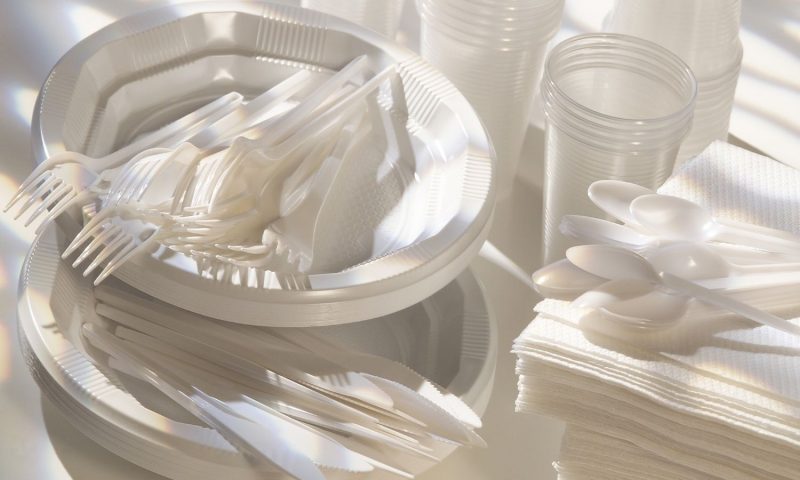Just because trees grow regularly doesn’t mean we can waste paper with impunity. Explore these strategies for reducing paper waste in your everyday life.
Humans tend to take certain designations for granted. “Waterproof” electronic devices turn out to be susceptible to damage after all when curious children take the word literally. And when we drink it by the gallon, “diet soda” isn’t much better for us than the regular kind. And “renewable resources,” renewable as they may be, don’t give us free rein to expend them.
Despite being a renewable resource in name, paper accounts for a significant portion of our annual waste. We can all do our part to mitigate paper consumption with these strategies for reducing paper waste.
Cut Junk Mail and Sign up for Paperless Billing
As the mail slot sits stuffed with bills, mailers, and catalogs from shops, you begin to wonder just how much of it you need. Rather than putting these straight into the shredder or the recycling bin, make life easier for everyone. Explore online bill pay options for your utilities and sign up for paperless statements with your bank to cut down on unnecessary paper products all around. You can cut down on your outgoing snail mail as well. Unless you’re sending clandestine transmissions in invisible ink, ask yourself—could I make this an email?
Disposable Dinnerware? Switch To Plastic
While plastic plates may seem more eco-friendly than paper plates, consider the wax treatment that distinguishes a paper plate from a paper towel. It’s no accident that paper plates aren’t highly absorbent. While this wax reinforces and waterproofs the paper plate, this petroleum-based wax—not to mention the food products the plates soak up—makes them unrecyclable and bound for the garbage. On the other hand, we can scrub plastic dinnerware clean of food residue and recycle it. It’s the preferable alternative to paper plates after a proper post-meal treatment.
The Diet of Worms
One of the best strategies for reducing paper waste is to build a compost pile. While the glossy pages of magazines and catalogs don’t degrade easily, paper products such as newsprint and cardboard can safely break down in your compost pile after some shredding or tearing. If you’re dealing with excess moisture in your pile, cardboard is a fine way to soak it up and keep the pile at the right level.
